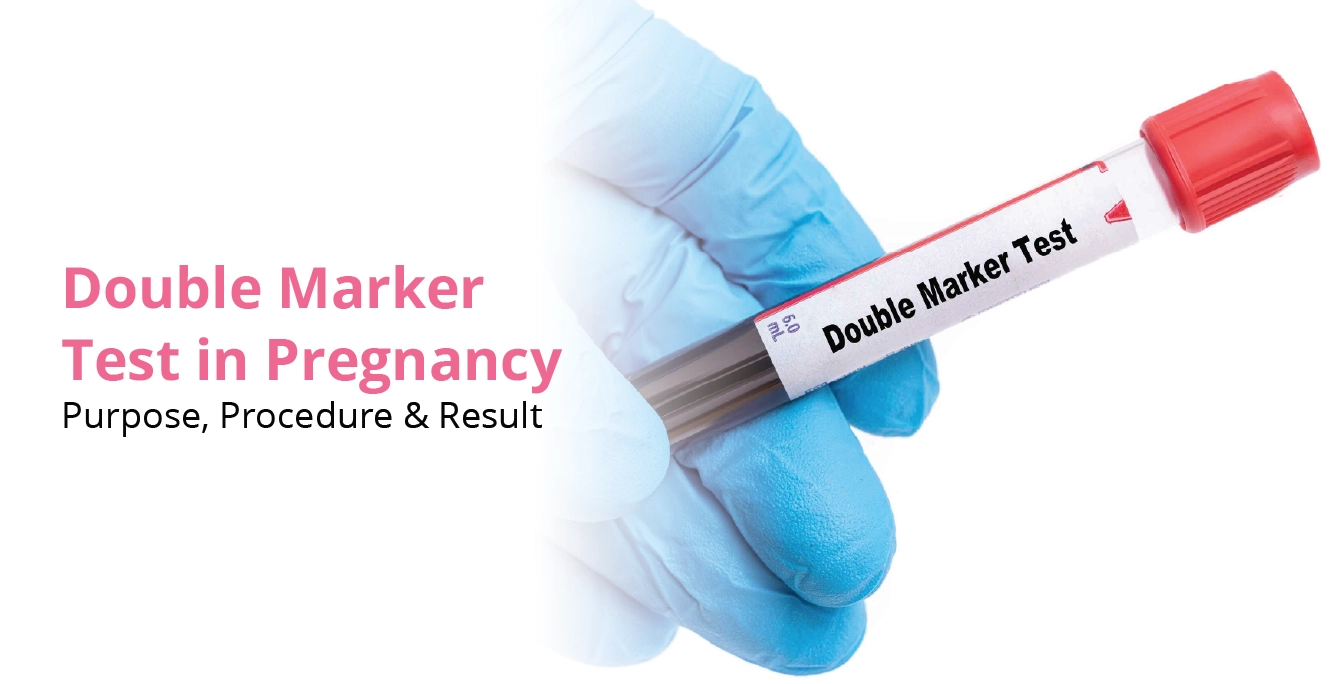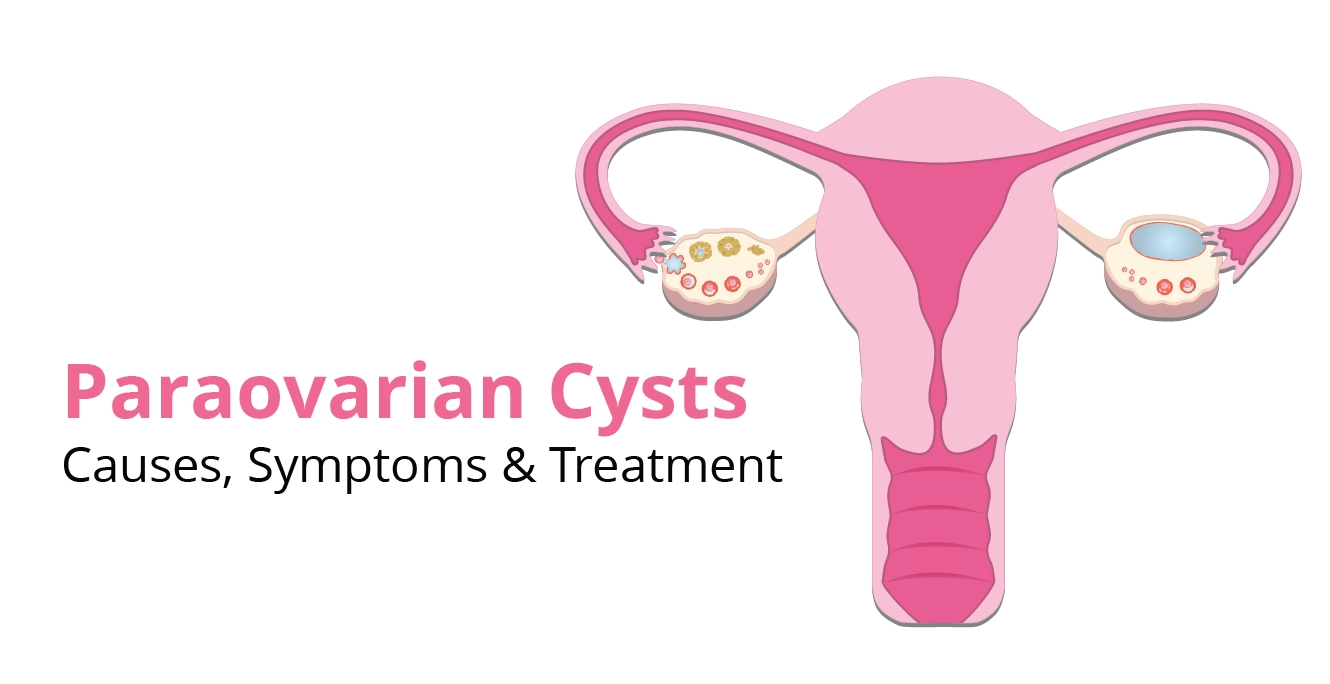Embryo Freezing
Fertility treatment providers offer fertility preservation procedures such as embryo freezing that allow individuals and couples to secure their chances of having a baby later. This service has become popular as it provides flexibility and peace of mind when it comes to family planning.
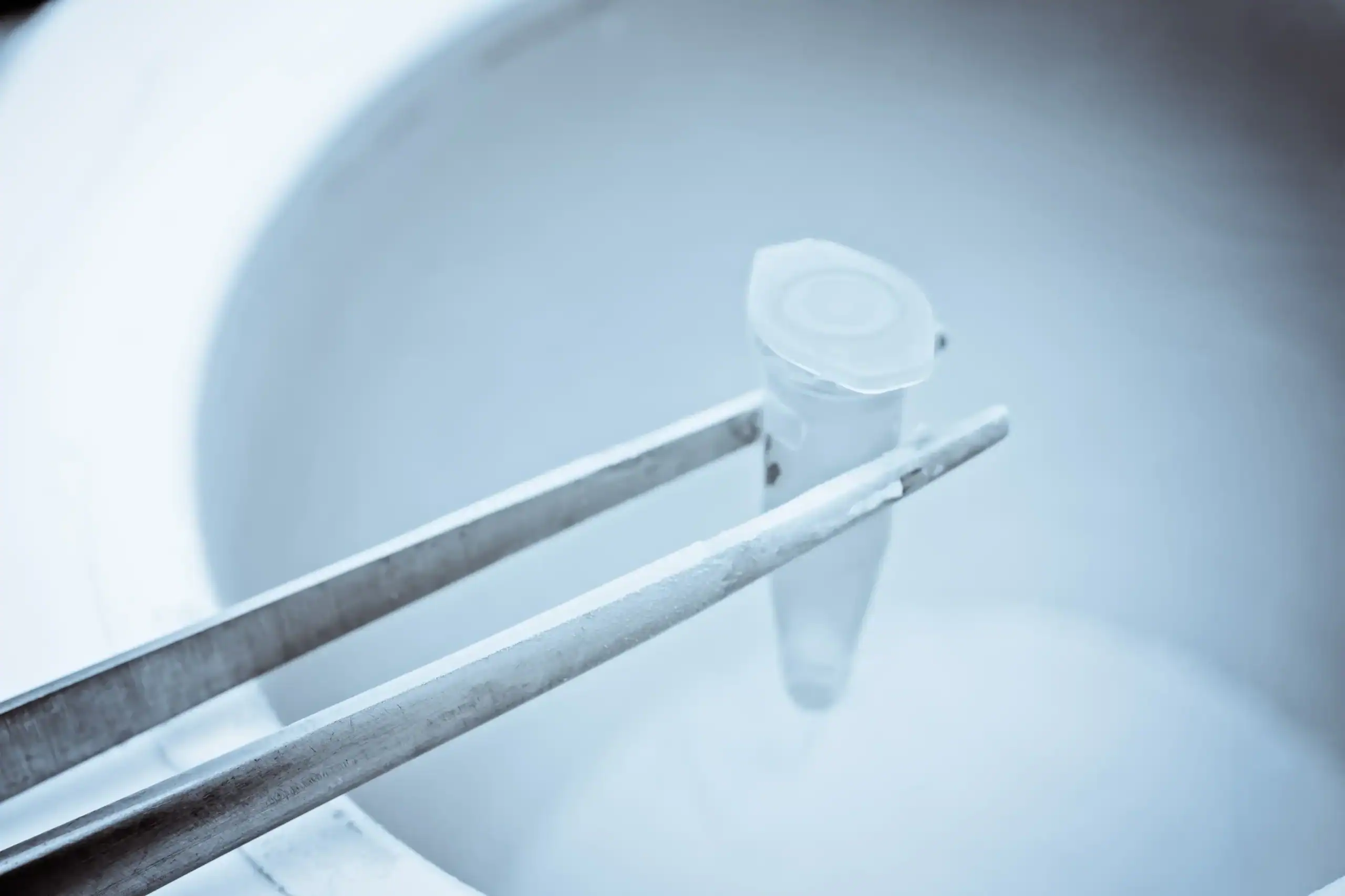
What is Embryo Freezing?
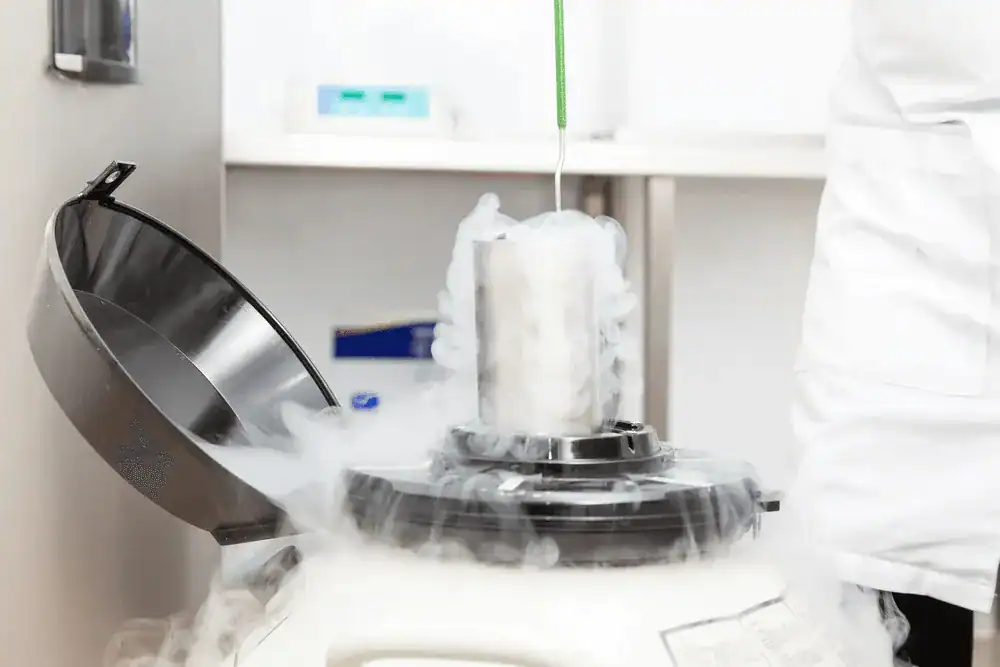
Embryo freezing, or embryo cryopreservation, involves preserving viable embryos by cooling them to sub-zero temperatures. This process is often utilised during in vitro fertilisation (IVF) treatments to preserve extra embryos for future use.
Embryo freezing is helpful for those who may need to delay pregnancy due to medical treatments, personal reasons, or other circumstances.
Reputed fertility treatment providers ensure the highest standards of care and technology in embryo freezing. They meticulously select high-quality embryos, place them in a protective solution, and rapidly freeze them in liquid nitrogen at temperatures below -196°C. This method ensures the embryos remain viable for future use, offering hope and flexibility for those planning their families.
Who Needs Embryo Freezing?
Embryo freezing may be recommended for the following reasons:
-
IVF Cycle Cancellation: If an IVF cycle needs to be cancelled after egg collection, freezing the embryos allows for their use in future cycles.
-
Excess Good-Quality Embryos: If excess good-quality embryos are formed in an IVF or IVF-ICSI cycle, freezing these embryos allows for their use in subsequent cycles, without undergoing additional egg retrieval procedures.
-
Medical Conditions: If either partner is undergoing medical treatments like chemotherapy that may affect fertility, embryo freezing offers a way to preserve the possibility of having biological children.
-
Personal Reasons: Embryo freezing can benefit those who wish to delay pregnancy for career, financial, or other personal reasons.
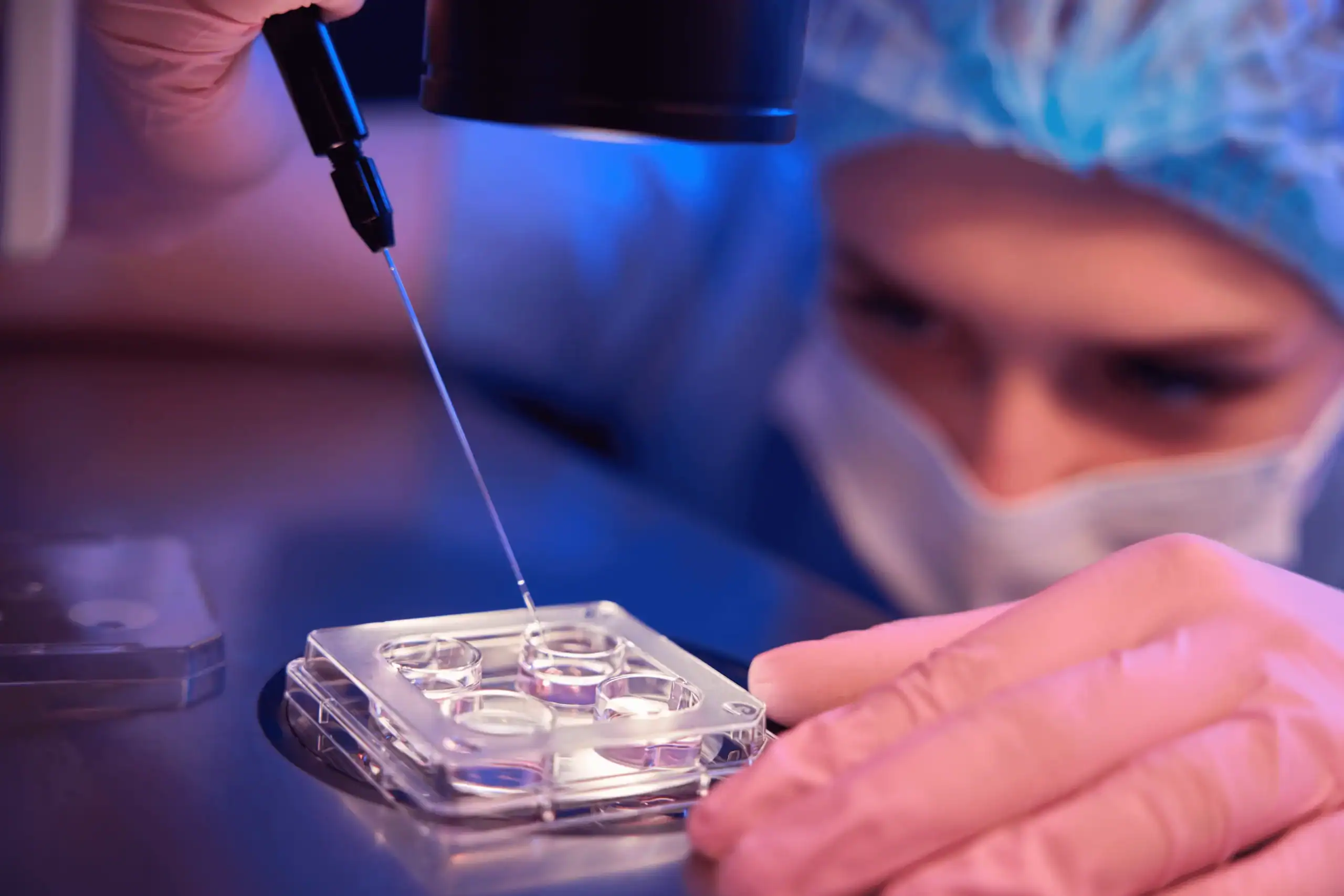
How Embryo Freezing is Done
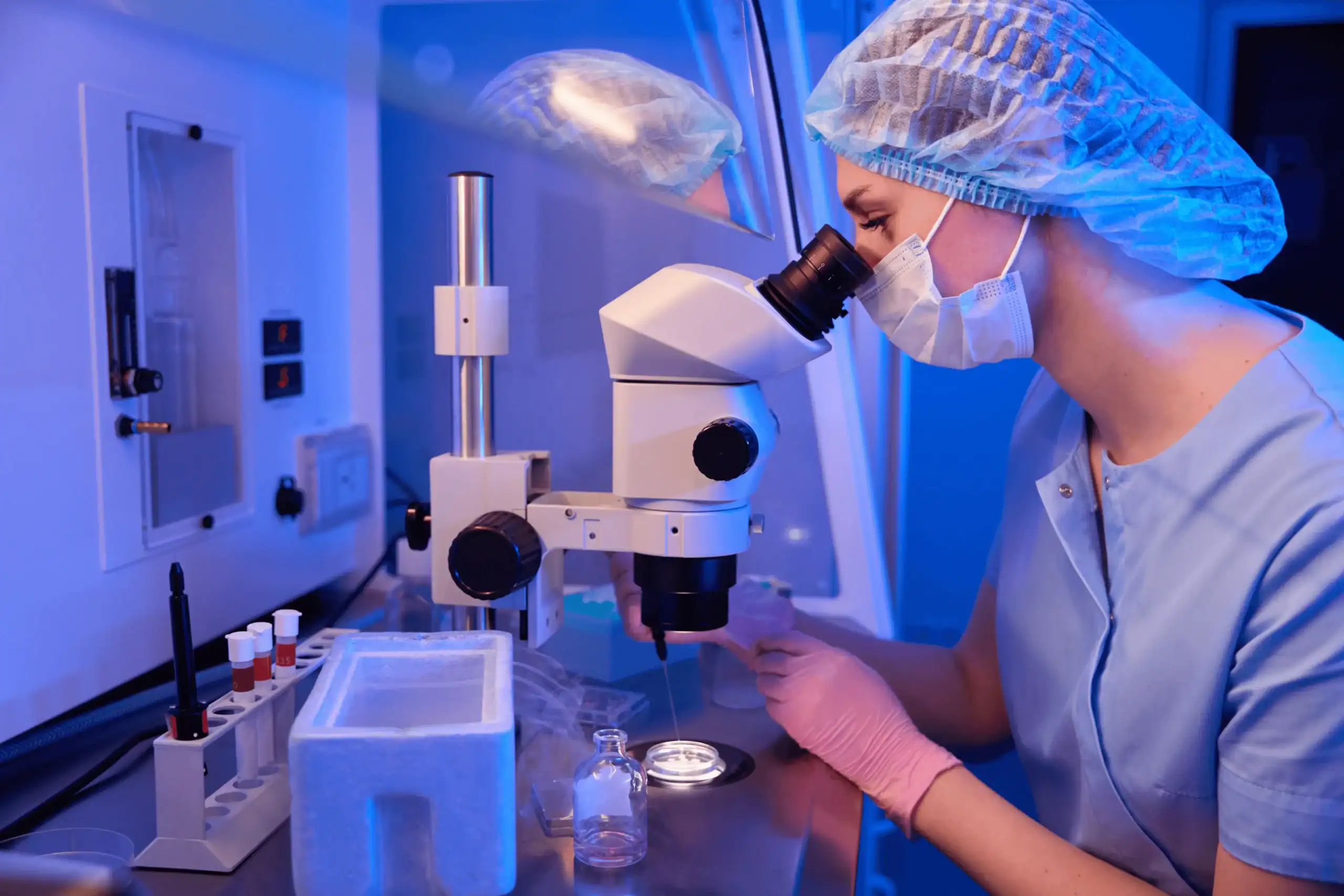
1. Egg Collection and Fertilisation
-
Collection: The process begins with the collection of mature eggs from the ovaries through a minor surgical procedure called egg retrieval, under mild sedation.
-
Fertilisation: Collected eggs are fertilised with sperm in a lab via conventional insemination or intracytoplasmic sperm injection (ICSI), where a single sperm is directly injected into the egg.
-
Embryo Culture: The fertilised eggs (now embryos) are cultured in a controlled environment for 2-5 days. During this period, only embryos that develop properly and meet specific quality criteria are selected for freezing.
2. Protective Solution
Selected high-quality embryos are placed in a cryoprotective solution, which prevents ice crystal formation that can damage cells during freezing.
3. Rapid Freezing
Embryos undergo a rapid freezing process known as vitrification. This method involves cooling the embryos so quickly that water inside them does not form ice crystals.
-
Temperature: The embryos are plunged into liquid nitrogen, reaching temperatures below -196°C almost instantaneously.
-
Storage: The vitrified embryos are then stored in special containers within the liquid nitrogen tanks, where they remain in a stable, preserved state until they are needed.
Why Choose Us
Choosing the right fertility clinic is crucial for starting your family. At Birla Fertility & IVF, we offer personalised care with expert specialists guiding you every step of the way. Our advanced labs and outstanding success rates have helped over 2,30,000 patients achieve their dream of parenthood.
Things to Remember for Embryo Freezing
Before the Treatment
- Permission and Consent: You must provide permission and sign a consent form.
- Details in Consent Form: The form outlines how many embryos will be frozen, the duration of storage, and other necessary details.
- Informed Consent: This ensures that the patient understands and agrees to all aspects of the process, including legal and procedural information.
During the Treatment
- Cryoprotective Agent: A cryoprotective agent is added to the embryos.
- Function: This liquid acts like antifreeze, protecting the embryos from ice crystal formation that can damage cells.
- Rapid Freezing: The embryos are then placed into tanks of liquid nitrogen for rapid freezing.
After the Treatment
- Removal from Storage: The embryos are carefully removed from the liquid nitrogen storage tanks.
- Thawing Process: They are brought to normal temperature gradually to avoid shock to the cells.
- Soaking: The embryos are soaked to remove any remaining cryoprotective agent.
- Preparation for Transfer: Once thawed, the embryos are prepared for transfer into the uterus.
- Embryo Transfer: The embryos are placed in a catheter and transferred into the uterus in a procedure similar to a simple, painless injection, aiming to achieve a successful pregnancy.
Frequently Asked Questions
Recent Blogs
Book an appointment
Hassle-Free Appointment Booking
Select Preferences
I know my doctor
Egg Freezing Cost in Different Cities
- Egg Freezing Cost in New Town Kolkata
- Egg Freezing Cost in Gachibowli
- Egg Freezing Cost in Jalandhar
- Egg Freezing Cost in India
- Egg Freezing Cost in Kozhikode
- Egg Freezing Cost in Bangalore
- Egg Freezing Cost in Thrissur
- Egg Freezing Cost in Bhopal
- Egg Freezing Cost in Bhubaneswar
- Egg Freezing Cost in Nagpur
- Egg Freezing Cost in Meerut
- Egg Freezing Cost in Kannur
- Egg Freezing Cost in Cuttack
- Egg Freezing Cost in Rewari
- Egg Freezing Cost in Patna
- Egg Freezing Cost in Kolar
- Egg Freezing Cost in Siliguri
- Egg Freezing Cost in Perinthalmanna
- Egg Freezing Cost in Chennai
- Egg Freezing Cost in Mumbai
- Egg Freezing Cost in Vijayapura
- Egg Freezing Cost in Salem
- Egg Freezing Cost in Palakkad
- Egg Freezing Cost in Gurgaon
- Egg Freezing Cost in Mangalore
- Egg Freezing Cost in Indore
- Egg Freezing Cost in Hyderabad
- Egg Freezing Cost in Jaipur
- Egg Freezing Cost in Raipur
- Egg Freezing Cost in Guwahati
- Egg Freezing Cost in Chandigarh
- Egg Freezing Cost in Ahmedabad
- Egg Freezing Cost in Ranchi
- Egg Freezing Cost in Surat
- Egg Freezing Cost in Howrah
- Egg Freezing Cost in Allahabad
- Egg Freezing Cost in Kolkata
- Egg Freezing Cost in Gorakhpur
- Egg Freezing Cost in Lucknow
- Egg Freezing Cost in Varanasi
- Egg Freezing Cost in Noida
- Egg Freezing Cost in Delhi
Egg Freezing Treatment in Different Cities
- Egg Freezing in Jalandhar
- Egg Freezing in Perinthalmanna
- Egg Freezing in Thrissur
- Egg Freezing in Palakkad
- Egg Freezing in Kannur
- Egg Freezing in Kozhikode
- Egg Freezing in Ranchi
- Egg Freezing in Patna
- Egg Freezing in Varanasi
- Egg Freezing in Gorakhpur
- Egg Freezing in Meerut
- Egg Freezing in Prayagraj
- Egg Freezing in Kolar
- Egg Freezing in Salem
- Egg Freezing in Vijayapura
- Egg Freezing in Nagpur
- Egg Freezing in Raipur
- Egg Freezing in Rewari
- Egg Freezing in Jaipur
- Egg Freezing in Guwahati
- Egg Freezing in Siliguri
- Egg Freezing in Howrah
- Egg Freezing in Indore
- Egg Freezing in Bhopal
- Egg Freezing in Bhubaneswar
- Egg Freezing in Cuttack
- Egg Freezing in Surat
- Egg Freezing in Ahmedabad
- Egg Freezing in Mangalore
- Egg Freezing in Chandigarh
- Egg Freezing in Hyderabad
- Egg Freezing in Lucknow
- Egg Freezing in Bangalore
- Egg Freezing in Chennai
- Egg Freezing in Mumbai
- Egg Freezing in Kolkata
- Egg Freezing in Noida
- Egg Freezing in Gurgaon
- Egg Freezing in Delhi
Egg Freezing Doctors in Different Cities
- Best Doctor for Egg Freezing Doctor in Prayagraj
- Best Doctor for Egg Freezing in Jalandhar
- Best Doctor for Egg Freezing in Perinthalmanna
- Best Doctor for Egg Freezing in Thrissur
- Best Doctor for Egg Freezing in Palakkad
- Best Doctor for Egg Freezing in Kannur
- Best Doctor for Egg Freezing in Kozhikode
- Best Doctor for Egg Freezing in Ranchi
- Best Doctor for Egg Freezing in Patna
- Best Doctor for Egg Freezing in Varanasi
- Best Doctor for Egg Freezing in Gorakhpur
- Best Doctor for Egg Freezing in Meerut
- Best Doctor for Egg Freezing in Kolar
- Best Doctor for Egg Freezing in Salem
- Best Doctor for Egg Freezing in Vijayapura
- Best Doctor for Egg Freezing in Nagpur
- Best Doctor for Egg Freezing in Raipur
- Best Doctor for Egg Freezing in Rewari
- Best Doctor for Egg Freezing in Jaipur
- Best Doctor for Egg Freezing in Guwahati
- Best Doctor for Egg Freezing in Siliguri
- Best Doctor for Egg Freezing in Howrah
- Best Doctor for Egg Freezing in Indore
- Best Doctor for Egg Freezing in Bhopal
- Best Doctor for Egg Freezing in Bhubaneswar
- Best Doctor for Egg Freezing in Cuttack
- Best Doctor for Egg Freezing in Surat
- Best Doctor for Egg Freezing in Ahmedabad
- Best Doctor for Egg Freezing in Mangalore
- Best Doctor for Egg Freezing in Chandigarh
- Best Doctor for Egg Freezing in Hyderabad
- Best Doctor for Egg Freezing in Lucknow
- Best Doctor for Egg Freezing in Bangalore
- Best Doctor for Egg Freezing in Chennai
- Best Doctor for Egg Freezing in Mumbai
- Best Doctor for Egg Freezing in Kolkata
- Best Doctor for Egg Freezing in Noida
- Best Doctor for Egg Freezing in Gurgaon
- Best Doctor for Egg Freezing Doctor in Delhi

 Our Centers
Our Centers



















